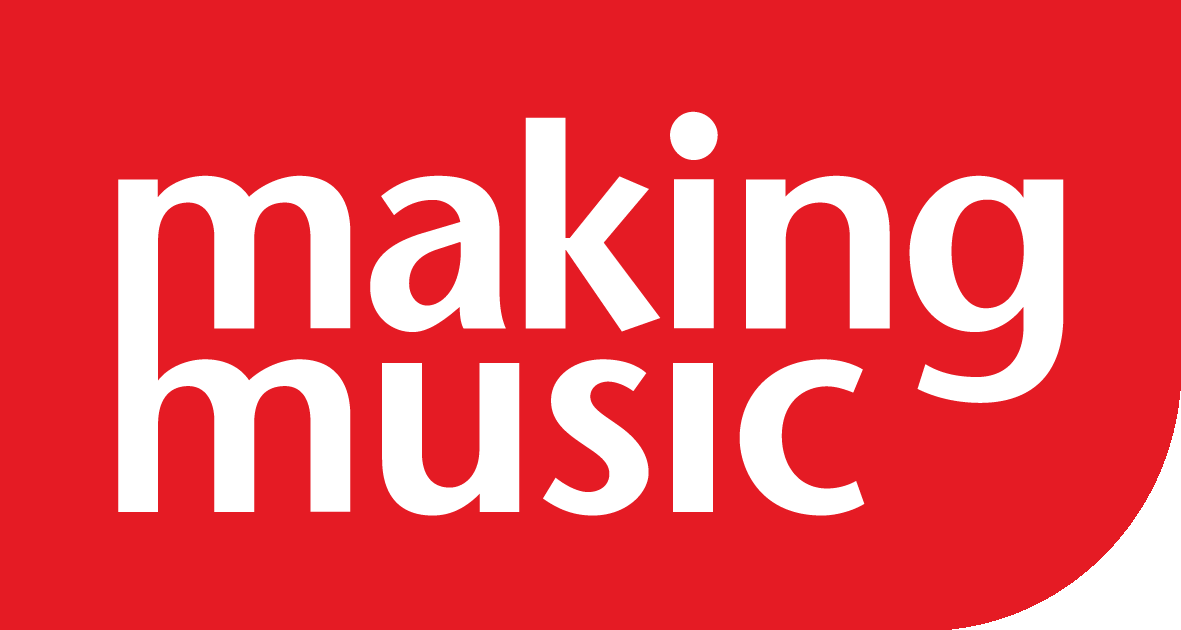Adopt a Music Creator: A musical wash
Melanie Le Breuilly, the Music Director of Reading Youth Orchestra (RYO), tells us about the start of her group's work with Caitlin Harrison as part of their Adopt a Music Creator 2022 collaboration.
It’s the start of the new term and I’m busy preparing for our first rehearsal back after the summer. In particular, I’m delighted to be learning the score for our Adopt a Music Creator composition written by the lovely Caitlin Harrison.
The piece is written not only for us, but also the local Aldworth Philharmonic Orchestra (APO). We’ll be sharing a stage (a squeeze!) to perform this double-orchestra piece. The parts for the two orchestras are largely independent, which was part of the challenge Caitlin was given when we met at the kick-off session in January. Our two orchestras rehearse independently, only coming together in the weeks before the concert, so the parts need to be satisfying on their own!
As I sit here preparing for the first rehearsal, I’ve been reflecting back on when Caitlin introduced the concept of her piece to us in a workshop in June. The idea of this workshop was partly for Caitlin to get to know RYO players and what they might enjoy playing, but also for her to give us insight into her early thoughts and plans for her new piece. RYO’s current members have not played newly commissioned music before, so as this is a wholly new experience we wanted to involve and prepare them as much as possible. I’m also a player with APO, with whom I’ve performed many new works, and I know that it is easier to get to know and appreciate the music quicker when the underlying ideas are introduced at the start.

RYO musicians following Caitlin's lead
This workshop was just for RYO members, with a further session planned for both APO and RYO together. APO has learnt many new commissions over its 20-year lifespan, so we felt the RYO students would benefit from an additional introduction.
As a youth orchestra, we regularly start our sessions with some kind of musical warm-up. Today we kicked off the session with a tuning warm-up, playing major and minor chords, then handed over the baton to Caitlin. Right from the outset, Caitlin had good engagement from the students as she explored diminished and augmented chords in addition to major and minor. The group experimented with pitch, articulation and dynamics within the chords to create different effects, and discussed associated imagery.
Caitlin then used simple tunes like 'Frère Jacques' to remind students what a round (or canon) is. Very quickly the group were again experimenting with dynamics, tempo and articulation to see what musical effects and images this created.
Caitlin introduced the idea of a 'wash' of sound, similar to how a diluted layer of colour is used as background in a painting. She now encouraged us to let go of the common pulse of the round. We could start when we wanted, at whatever tempo we liked. With us all playing quietly and freely in this 'open round', we created our own 'musical wash'. It was fantastic for members of the orchestra to also be allowed to come out to the front to hear the overall effect.
'(...) players enjoyed hearing the result of making their own choices about how to play the music; how Caitlin started with something simple and added to it in different ways to make it more interesting; and that a seemingly 'mad' idea of a round in completely free time sounded 'quite cool', and they were surprised how much they liked it.'
Feedback from our members afterwards was very positive - there was a definite buzz in the air as they all chatted in the break. Common themes were that the players enjoyed hearing the result of making their own choices about how to play the music; how Caitlin started with something simple and added to it in different ways to make it more interesting; and that a seemingly 'mad' idea of a round in completely free time sounded 'quite cool', and they were surprised how much they liked it.
As a music director, I hugely enjoyed seeing the participation from the students in creating new music themselves, and it has encouraged me to apply some of this when learning more traditional pieces. Caitlin left us with the teaser that two movements have been written and the players would see them in the next workshop with APO (which they consequently did later in the summer!). I certainly came out of the session energised and ready to get started, which is exactly what I’m tapping into now in my preparation, and I can’t wait until our first rehearsal to hear it start coming together!
Find out more about Reading Youth Orchestra on their website and follow them on Facebook / Twitter.
Follow Caitlin Harrison on Facebook.
The Adopt a Music Creator project matches vocal and instrumental leisure-time music groups with some of the UK’s most promising music creators to collaborate on creating a new piece of music. The project leads to a premiere performance and possible broadcast. If you’re a music group or music creator and you’d like to take part, find out more.

